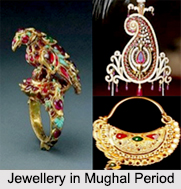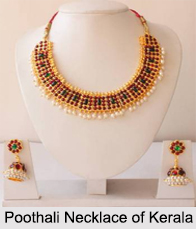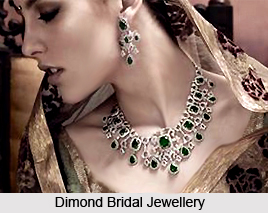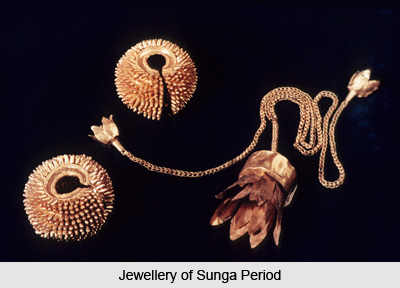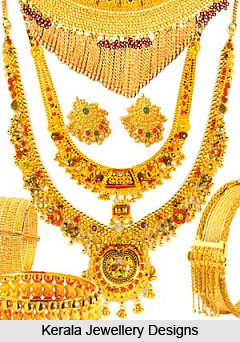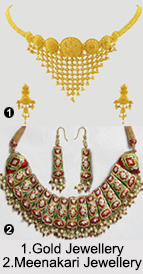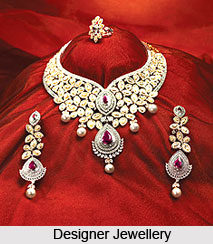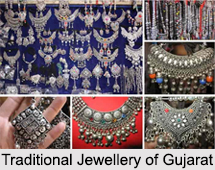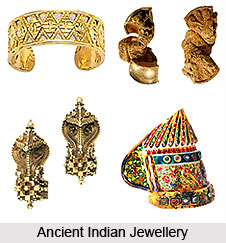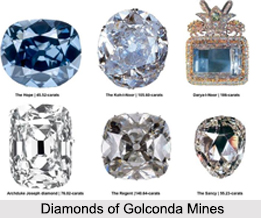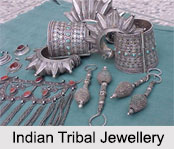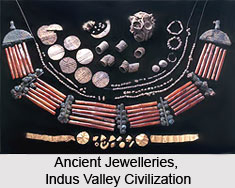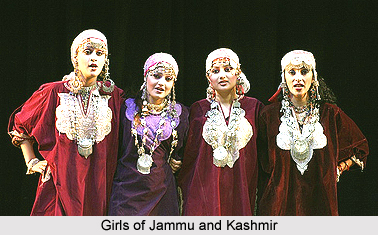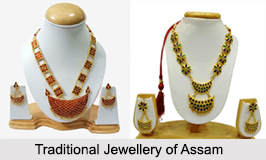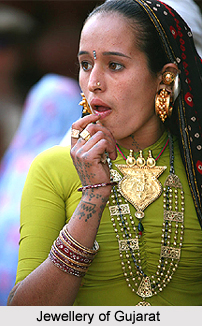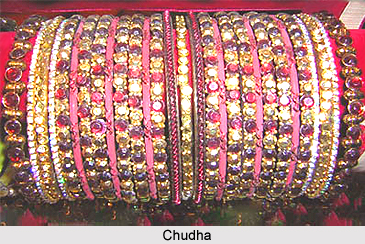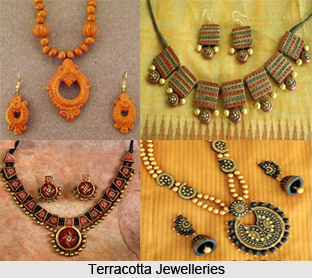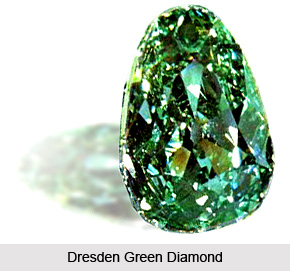 Dresden Green, the celebrated leaf green diamond is as incandescent and clear as a forest soaked with prismatic raindrops. The Dresden Green diamond is cut into a modified pear-shaped brilliant with 58 facets, weighs 40.70 carats and measures 29.75 mm long, 19.88 mm wide and 10.29 mm deep. This rare green color is in all probability a result of the diamond`s coming into contact with a radioactive substance at one point in its lifetime.
Dresden Green, the celebrated leaf green diamond is as incandescent and clear as a forest soaked with prismatic raindrops. The Dresden Green diamond is cut into a modified pear-shaped brilliant with 58 facets, weighs 40.70 carats and measures 29.75 mm long, 19.88 mm wide and 10.29 mm deep. This rare green color is in all probability a result of the diamond`s coming into contact with a radioactive substance at one point in its lifetime.
The history of the breathtakingly beautiful Dresden Green is unexpectedly uncomplicated. This awesomely gorgeous diamond derives its name from the capital of Saxony. Frederick Augustus II, the Elector of Saxony, purchased the diamond in 1741. This astonishing gem mysteriously made its way from the diamond mines of Golconda to the West. The diamond made its way to Frederick Augustus II, from a Dutch dealer named Delles at the Leipzig Fair.
Later the diamond became part of the crown jewels of Saxony. The court jeweler Dinglinger placed the diamond in a brooch. The ornamentation was called as the `Decoration of the Golden Fleece`. But this setting was broken up in 1746, and the Elector ordered the Viennese jeweler, Pallard, to design another Golden Fleece, integrating both the Dresden Green as well as the Dresden White, a 49.71-carat diamond. Diessbach, another jeweler, twenty-two years later, set the Dresden Green in a hat grasp with two other white brilliants - together weighing almost 40 carats - and several smaller diamonds.
Till the Second World War, the crown jewels were on public display in Dresden Castle. They were resettled to the Saxon Castle Konigstein in 1942 that was situated on the river Elbe. This move proved to be unexpected. Dresden was destroyed by the comprehensive air raids of the Allies on February 13, 1945. The castle, which housed the jewels, was totally destroyed at that time.
The Soviet Trophy Organisation took the crown jewels into its possession later that year, and had them sent to Moscow. In the year 1958, the Soviet government returned the crown jewels to Germany, where the glossy Dresden Green diamond is on display to this day in the rooms of the Green Vault, in the Aibertinium Museum, Dresden.
